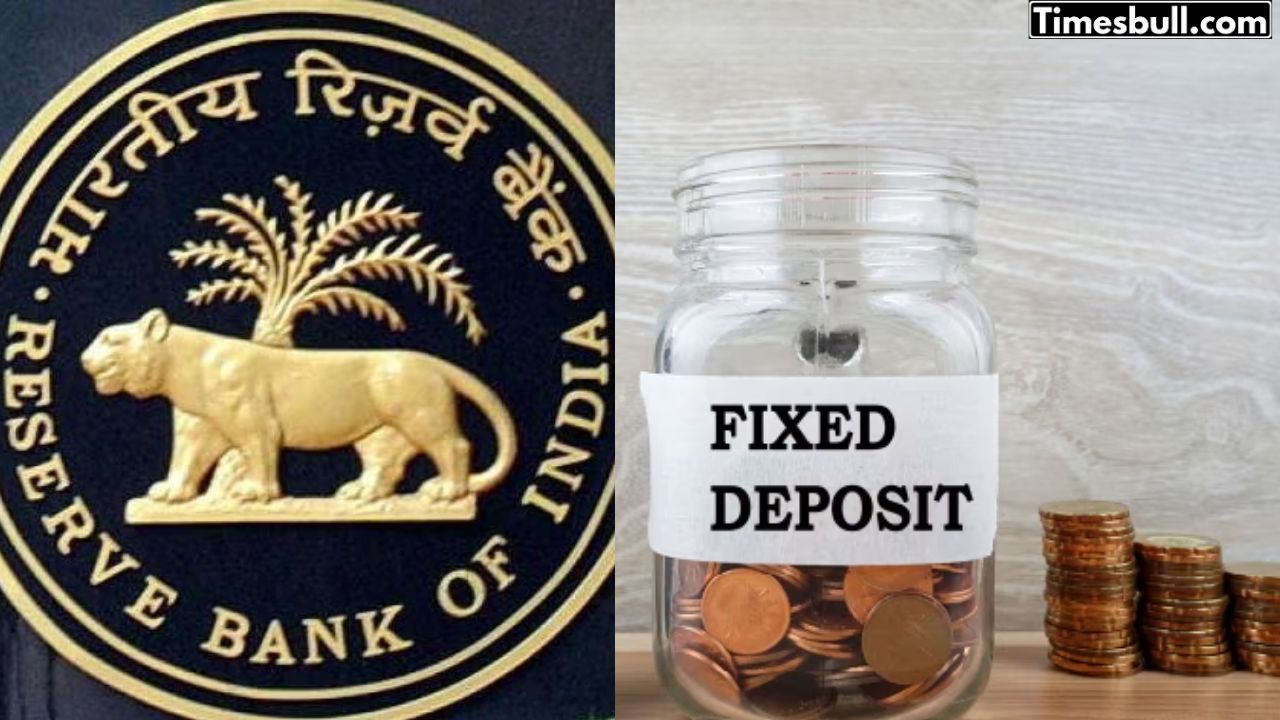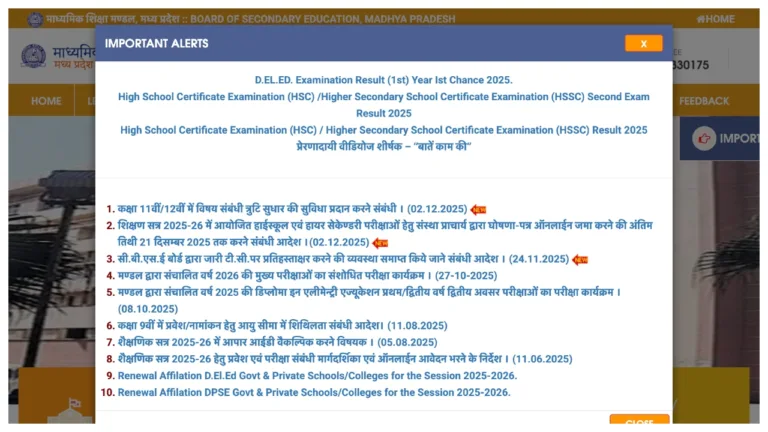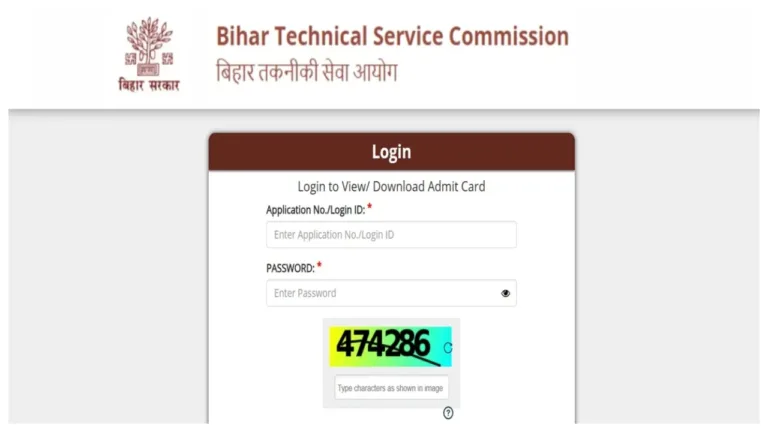The Reserve Bank of India has finally announced an interest rate cut after 5 years. On Friday, RBI Governor Sanjay Malhotra announced a 0.25 percent cut in the repo rate. The last time the RBI reduced the repo rate by 0.40 percent was in May 2020. To explain, just as common people take loans from banks for their needs, banks also borrow from the RBI for their requirements. The interest rate at which RBI lends to banks is called the repo rate.
Impact of Repo Rate Reduction on FD Interest Rates
After the Reserve Bank reduced the repo rate, banks could borrow money at a cheaper rate. As a result, they will also offer cheaper loans to customers. This will directly affect all types of loans, including home loans and car loans, with interest rates coming down. People will benefit from lower monthly EMIs, making loans more affordable for many.
RBI Cuts Repo Rate by 25bps-First in 5 Years
Repo Rate is the rate at which the RBI lends money to commercial bank viz SBI, HDFC Bank etc in the event of any shortfall of funds.
A reduction in the repo rate will enable banks to offer cheaper home and car loans, as well as… pic.twitter.com/BDjppQsMDs
— Taxology India (@taxologyin) February 8, 2025
Who Will Be Affected by the Repo Rate Cut?
While the reduction in repo rates benefits borrowers, it will harm those who do not have any ongoing loans and invest in Fixed Deposits (FDs). Banks will lower FD interest rates as well, meaning those investing in FDs now will receive lower returns in the future.
The repo rate has been cut by 25 basis points!
Borrowers are rejoicing as this means lower EMIs and lower rates of interest!
This is how the repo cut is going to affect you.#RBIGovernor #policy #HomeLoans pic.twitter.com/4otU97cXrr
— BankBazaar (@BankBazaar) February 7, 2025
Get FD Done Before Rates Drop
Following the repo rate cut, banks are expected to reduce FD interest rates gradually. If you are planning to invest in an FD, it’s best to do so quickly. Delaying the process means you might miss out on the higher interest rates currently available. Right now, general customers are receiving up to 7.30% on FDs, while senior citizens can get up to 7.80%.










